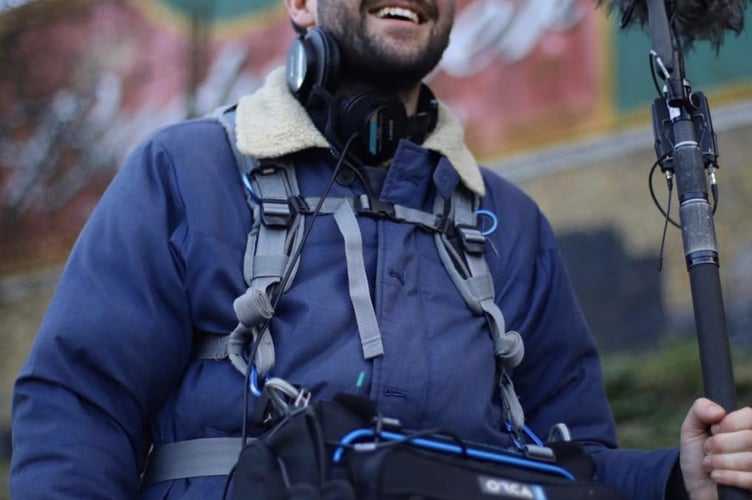
The HMD Skyline, a mid-range smartphone developed by the company behind Nokia, introduces a refreshing perspective to mobile technology. By emphasizing and integrating Qi2 wireless charging, the HMD Skyline challenges traditional smartphone design paradigms. While it does not aim to compete with flagship devices in terms of raw performance, its unique features underscore a growing shift toward and in the tech industry.
The video below from Marques Brownlee gives us a look at the HMD Skyline and we find out how easy the device is for you to repair yourself. The HMD Skyline distinguishes itself with a , a feature that is increasingly rare in modern smartphones. Unlike most devices, which are often difficult and costly to repair, the Skyline allows you to access its internal components with just a single screw.

This straightforward approach makes it possible to replace critical parts such as the battery, charging port, back cover, and front display glass without requiring professional assistance. To further support this initiative, HMD has partnered with iFixit, offering and detailed step-by-step guides. These resources ensure you have both the tools and the knowledge to confidently perform repairs.
Despite its focus on accessibility, the Skyline maintains an IP54 water resistance rating, striking a balance between and . This design philosophy not only extends the device’s lifespan but also contributes to reducing electronic waste, aligning with the increasing demand for . The HMD Skyline is the first non-iPhone device to fully embrace , a feature that incorporates built-in magnets for precise alignment between the phone and the charger.
This innovation enhances charging efficiency and simplifies the user experience. The magnetic system also supports MagSafe-like accessories, adding a layer of practicality for everyday use. Although Qi2 wireless charging is still in its early stages of adoption among Android manufacturers, the Skyline’s implementation sets a for the industry.
By demonstrating how magnetic charging can improve usability without compromising design, the Skyline encourages broader adoption of this standard. This forward-thinking feature positions the Skyline as a pioneer in integrating and . The Skyline’s design pays homage to the iconic Nokia Lumia series, featuring , , and a striking topaz blue finish.
A fingerprint-resistant coating enhances its practicality, making sure the device remains sleek and clean even with regular use. This blend of nostalgia and modernity gives the Skyline a distinctive visual appeal. One of the standout features of the Skyline is its , which allows you to assign specific actions or shortcuts.
Whether you want quick access to your camera, flashlight, or a favorite app, this feature enables you to tailor the device to your preferences. This level of personalization enhances usability, making the Skyline adaptable to your unique needs and lifestyle. The HMD Skyline is powered by the , paired with 8GB of RAM and 256GB of internal storage.
For users requiring additional space, the phone supports expandable storage via a microSD card. While the processor handles everyday tasks reliably, it falls short of delivering flagship-level performance, particularly for resource-intensive applications like high-end gaming. The phone features a , which provides smooth visuals for most tasks, though occasional frame drops may occur during demanding use.
Its 4,600mAh battery supports , making sure you can quickly recharge when needed. On the camera front, the Skyline includes a and an ultra-wide lens. While the camera setup delivers decent results, it struggles to stand out in an increasingly competitive market where camera performance is a key differentiator.
Despite its innovative features, the HMD Skyline faces several challenges. The is underwhelming, which detracts from the overall user experience. Additionally, its mid-range performance and niche focus on repairability may limit its appeal to a broader audience seeking high-end specifications or innovative features.
However, the Skyline’s emphasis on and could resonate with environmentally conscious consumers. By proving that advanced features can coexist with a repair-friendly design, the Skyline advocates for a more sustainable approach to smartphone manufacturing. This focus on eco-consciousness positions the device as a compelling choice for those prioritizing environmental impact over raw performance.
The HMD Skyline represents a significant step forward in the evolution of smartphones. Its emphasis on and adoption of Qi2 wireless charging highlight the potential for combining innovation with sustainability. While it may not dominate the market, the Skyline sets a precedent for other manufacturers, encouraging the development of eco-friendly and user-centric devices.
As the smartphone industry continues to evolve, the Skyline serves as a reminder that and can coexist. Whether or not it achieves widespread commercial success, its influence on the market’s trajectory is undeniable. By prioritizing repairability and forward-thinking features, the HMD Skyline challenges the industry to rethink what a smartphone can and should be, paving the way for a more sustainable and user-focused future.
Take a look at other insightful guides from our broad collection that might capture your interest in Repairability. Source & Image Credit:.














